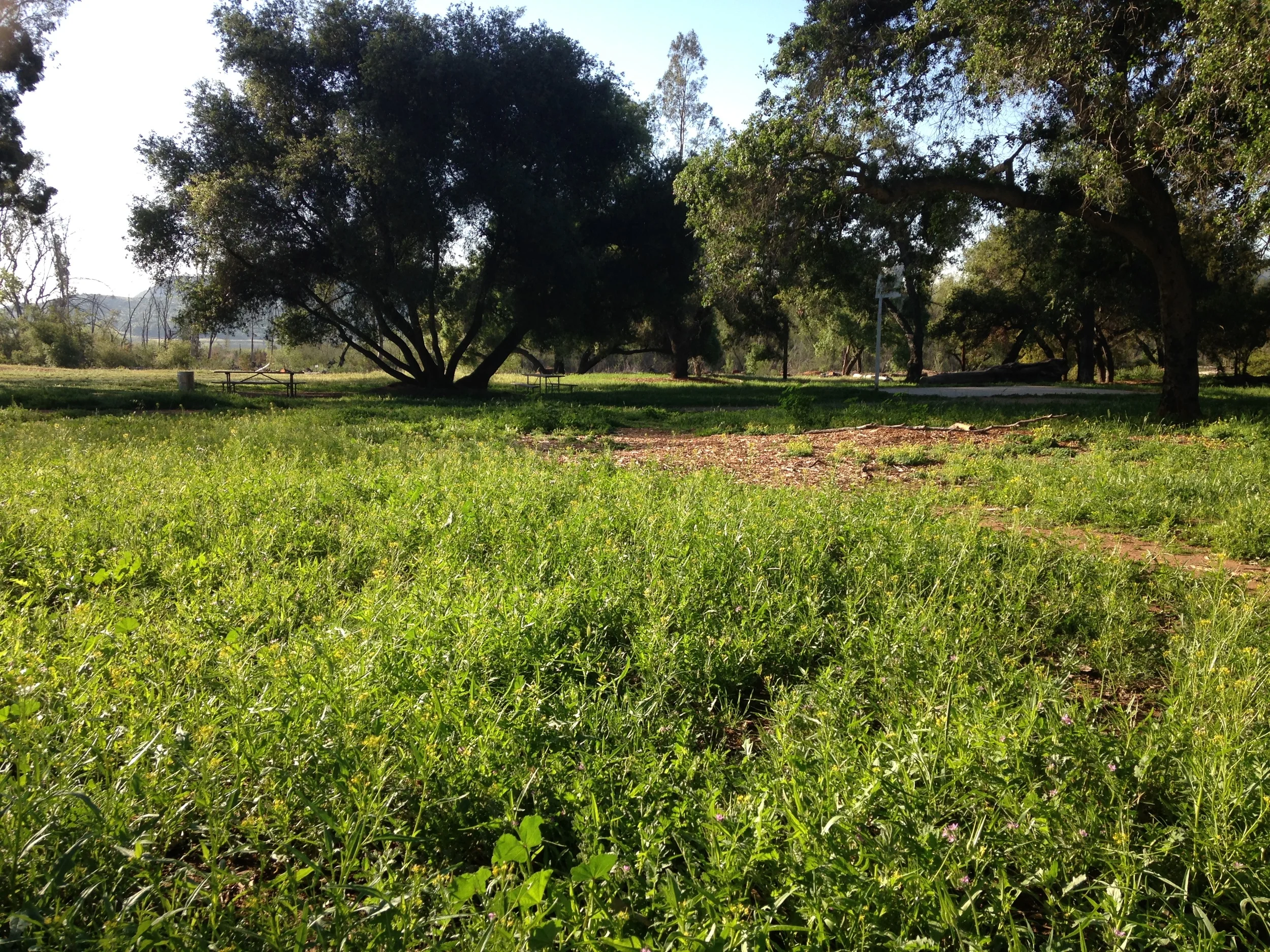GSOB Facts
• Crown thinning, not dead branches, suggests GSOB infestation.
• An attacked oak won’t last long once it looks bad. Big trees usually die quickly.
• An oak can withstand GSOB attack for 1-15 years before dying. Factors include: health, drought, size, rot and level of insect attack.
• GSOB is spreading.
– By movement of infected firewood.
– Dispersal of beetles primarily within an oak canopy.
• There is no cure for GSOB.
– No biological control is being attempted. The natural predator is a parasitic wasp, but UCRiverside couldn’t get it to breed.
– Not an Agricultural threat so not much funding is available to study the pest.
• No existing template available for addressing conservation lands or ecologically significant woodlands. Best management practices are applied for each situation.
• Cal Fire grants are available to remove trees, not to save them.
One of our local residents, Diana Short, had her trees treated last year. Here's what she had to say about her experience.
"I have enjoyed learning about this beetle this year. It is not my favorite insect, for sure. To protect the oaks on "my" property we had a professional team visit and they gave us a topical spraying recommendation based on the size, age, and species of oaks. The cost was less than I had anticipated because I counted all the oaks, even the very young (less than 12" diameter), which are less at risk, apparently and didn't need treatment. Of the four trees sprayed, there is only one that is not doing so hot. Before spraying we identified the little black "D" s on the trunk and saw that it was not as verdant as others. It might make it- we hope for the best. This season I will be spraying early to hopefully thwart further damage. I am no expert, but when I'm out walking in the neighborhood I try to observe the general health of the local oaks. Most look good. I hope our oaks outlive this unwelcome beetle, and that this small act of tree care saves their lives."









